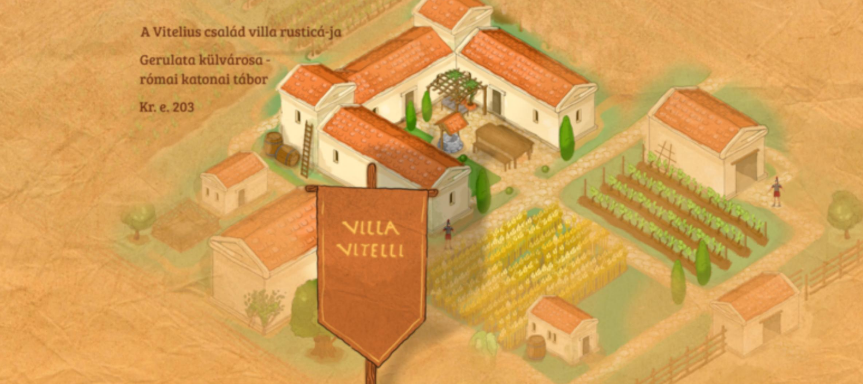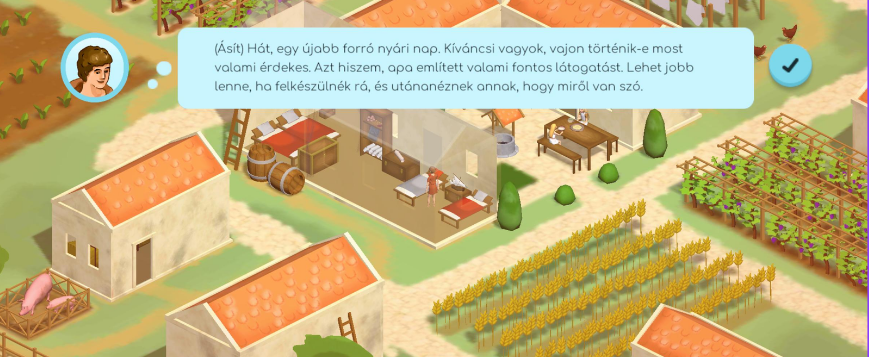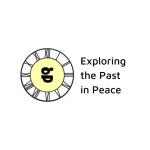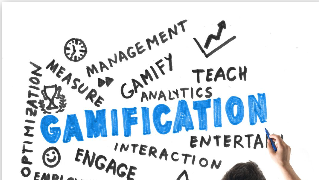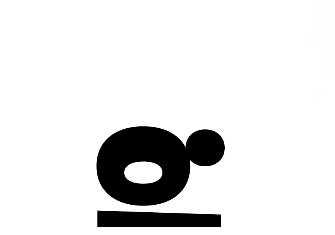We are excited to introduce our digital, history-learning mobile game, Heritage Quest AR. Through this game, you can immerse yourself in the story and daily life of a Roman family.
Help Felix find a cure for his father’s illness while exploring the everyday life of ancient Rome! With augmented reality, the world of the 2nd century comes to life right before your eyes. The game also features a special gallery where you can view numerous European museum artifacts in 3D. These 3D models allow you to examine each artifact closely, as if you were actually in the museum—and with AR, you can even „hold them in your hand“!
We highly recommend the game for students, history teachers, and history enthusiasts alike.
Download Links:
AppStore: https://apps.apple.com/us/app/heritage-quest-ar/id6476111948
Google: https://play.google.com/store/apps/details?id=com.ImpactGames.HeritageQuestAR
After playing the game, be sure to complete our quiz on the MotiMore website, which you can access without registration. This will give you even more experience and help you check how much you’ve learned!
Access the quiz here: https://app.motimore.com/esg9831ac90ed1d731c1e655637d8fcf4b1&e=1&c2=1
The development of Heritage Quest AR began in the fall of 2022 as part of an Erasmus+ KA2 project. An expert team from four countries collaborated on this project, making the game a result of international cooperation. The participating countries and organizations are as follows:
- Hungary: MotiMore – Gamification
- Slovakia: Impact Games – Game-Based Learning
- Slovenia: Art Rebel 9 – Visual Storytelling, Visual Development
- Italy: CR Hacklab – Hackathons, School Programs
Throughout the project, we maintained close collaboration with the UNESCO SK center, which provided both methodological and professional validation for the game.
Project Identifier Number: 2022-1-SK01-KA220-SCH-000088367
This methodological material was created with the financial support of the European Union within the project Exploring the Past in Peace, which is implemented as part of the Erasmus+ program. This publication expresses only opinion of the author and the European Commission is not responsible for any use of the information contained in this publication.


